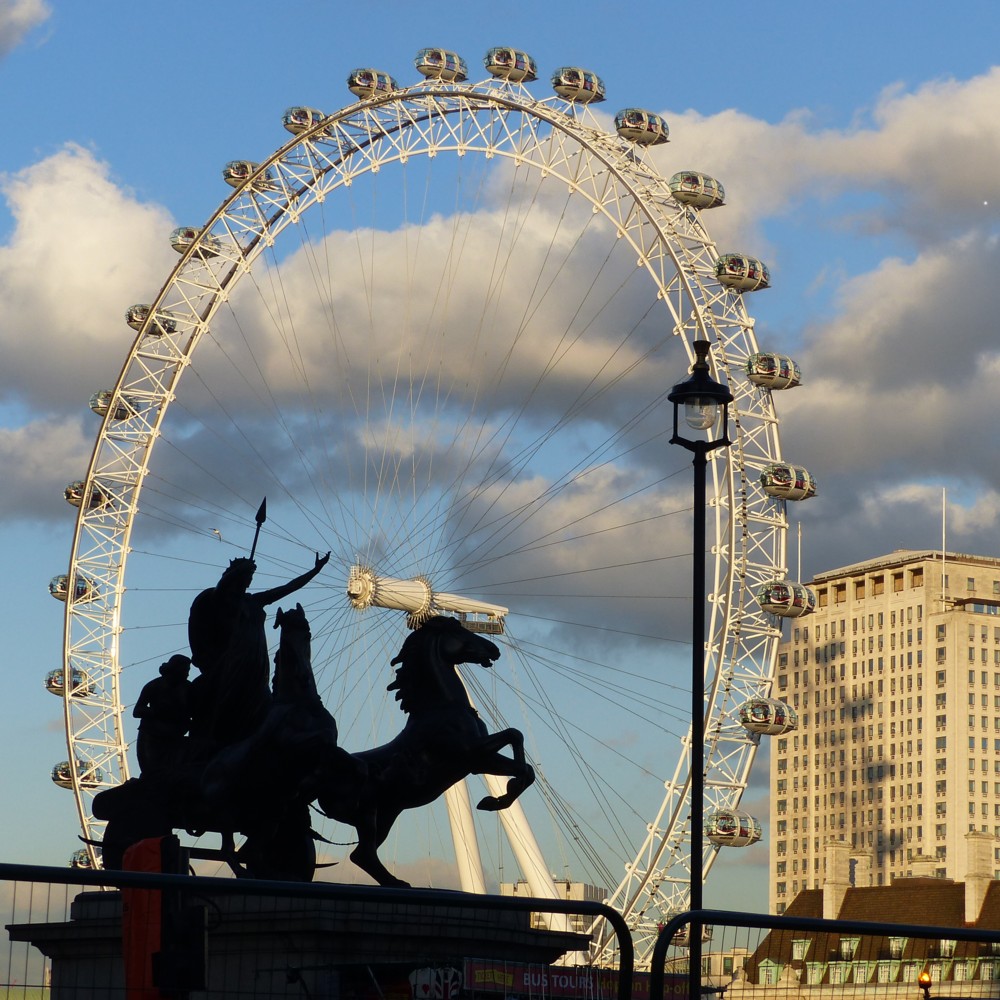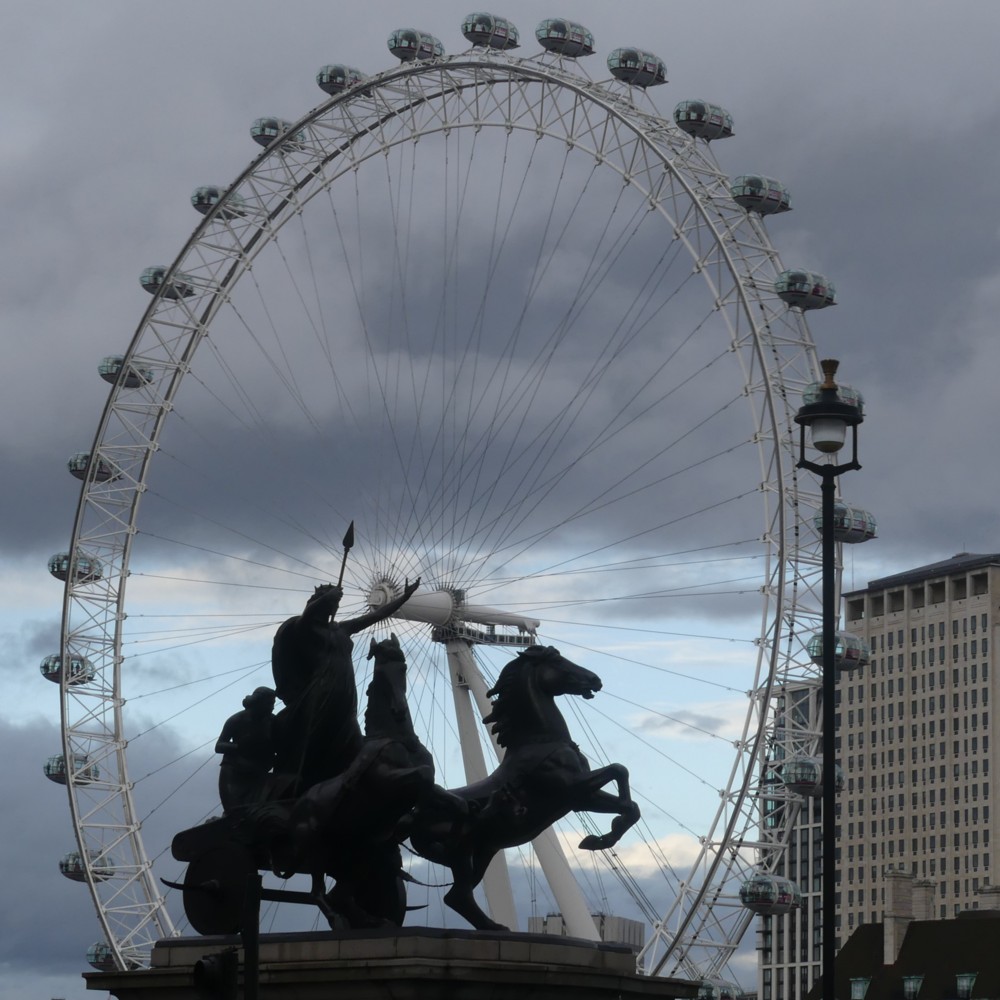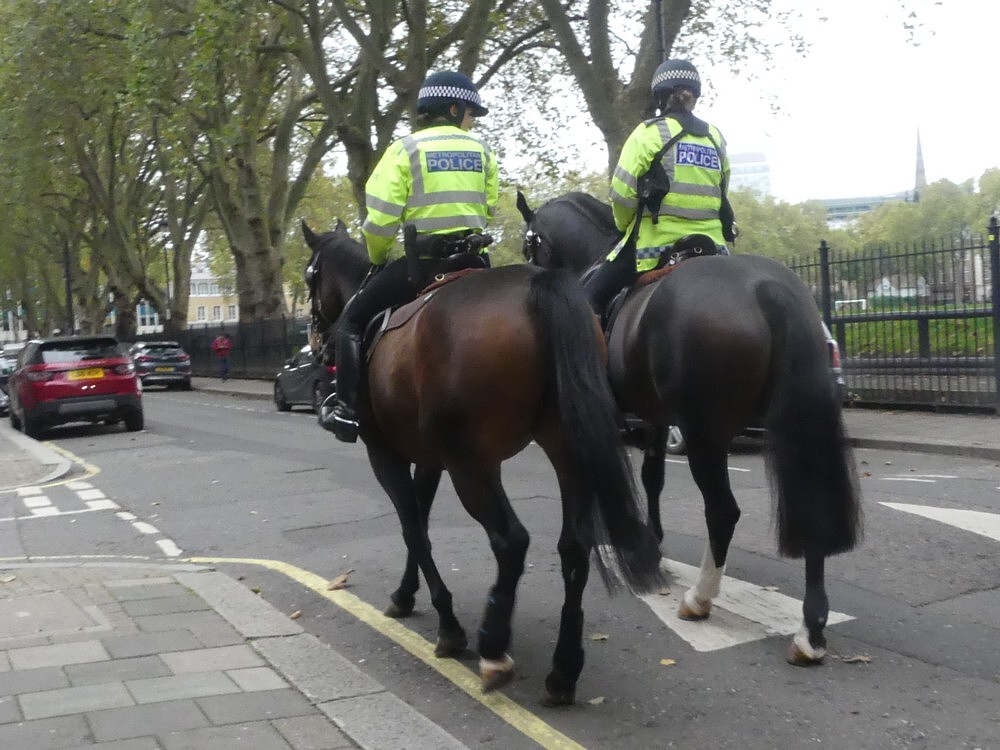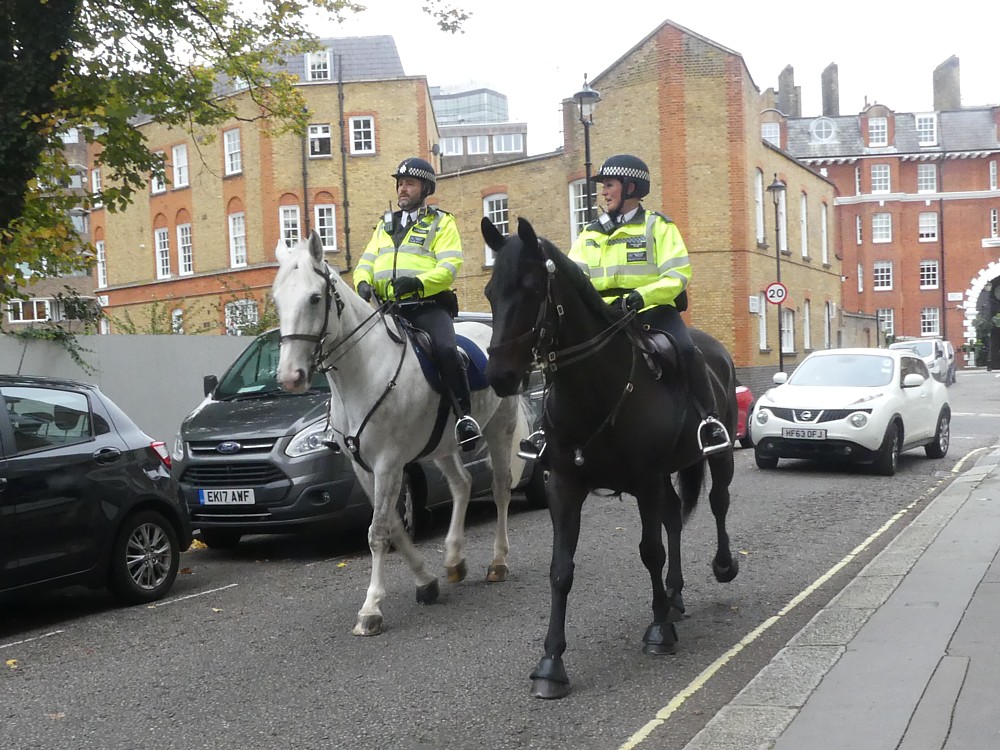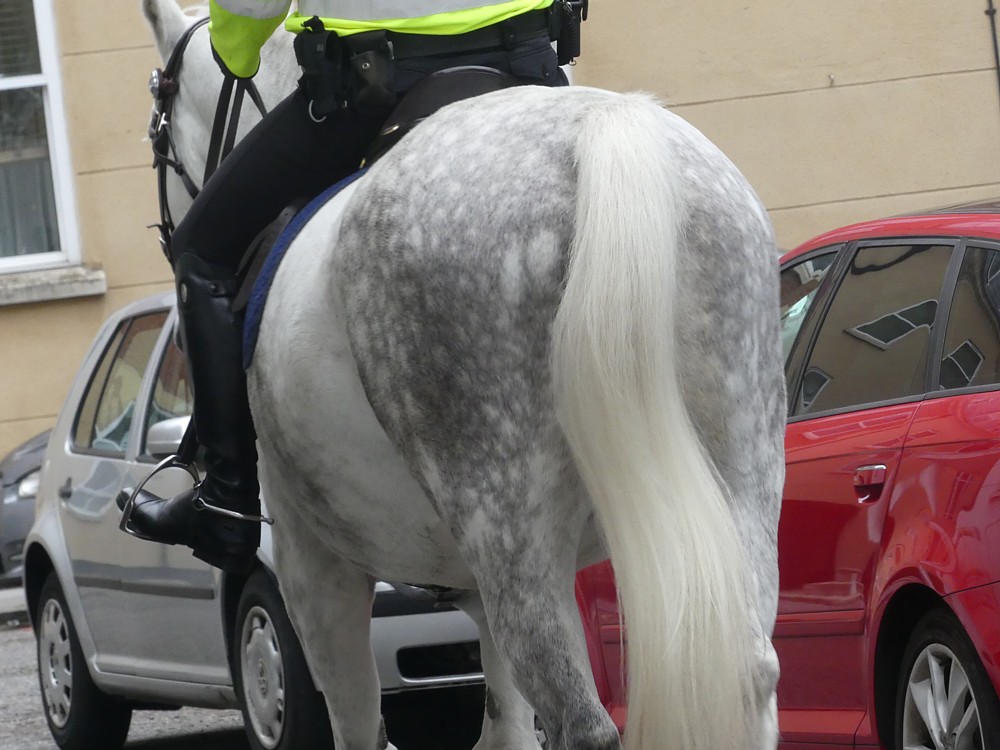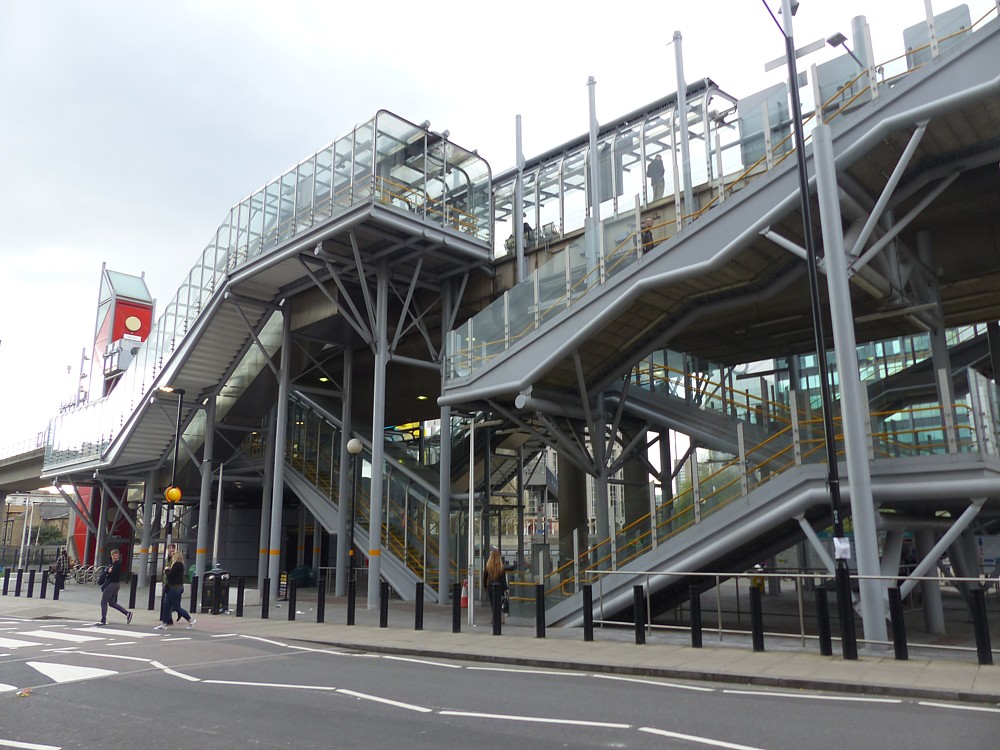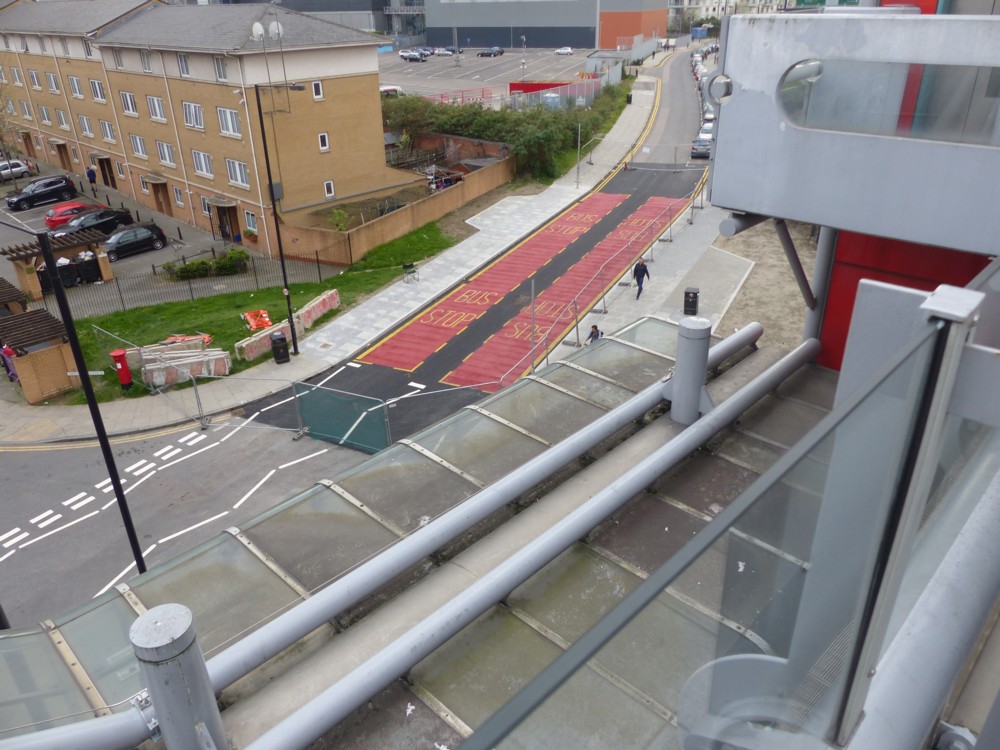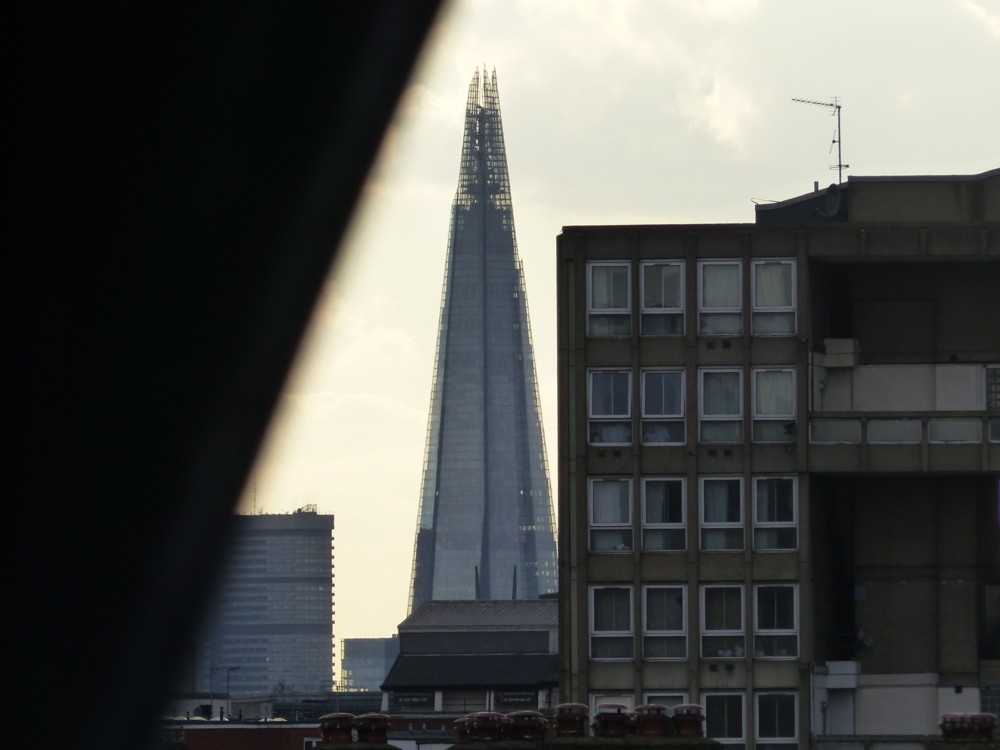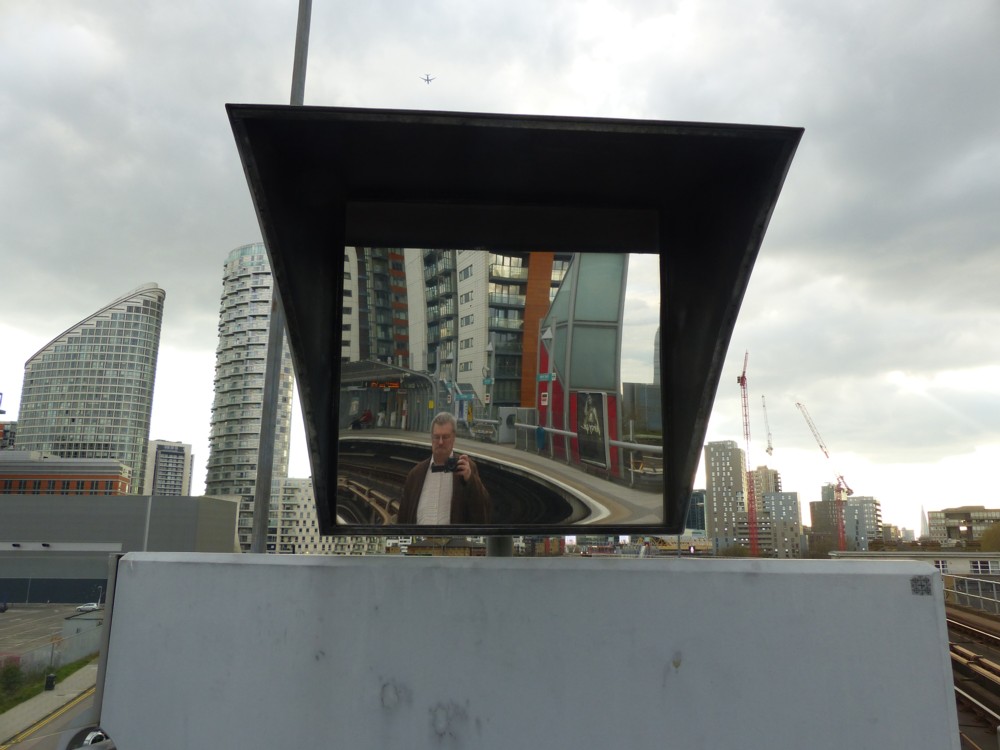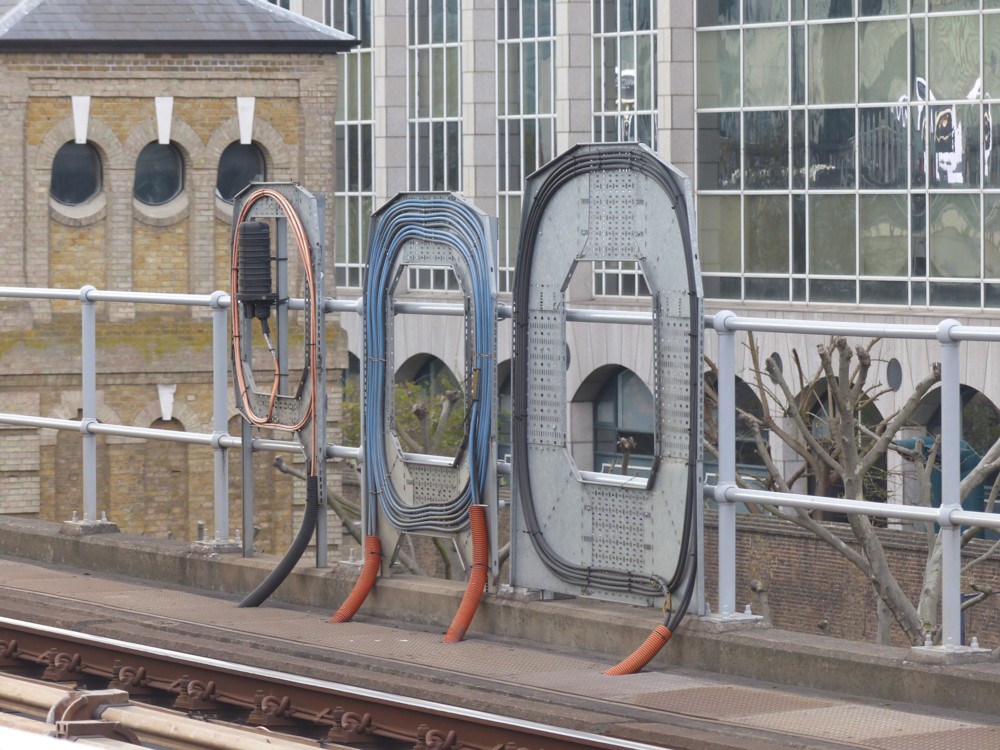I still think that this earlier posting here was right about the direction that British public opinion is moving on the subject of lockdown, but I was clearly wrong about how far it had already changed and how much further it has to change before lockdown is done away with. Mea culpa. Bubble thinking.
The problem is that a majority has been scared into thinking that Covid, which is a bit harmful and sometimes very harmful to those whom it harms, and deadly to those whom it kills, is much more harmful and deadly than it really is, statistically speaking. Almost everyone who “gets” Covid – almost every Covid “case” – is going to recover.
One of the means by which public opinion will come to its senses is when it notices that many people are testing positive for Covid, but that not many of these are dying. This is why celebrity Covid cases are so important.
Trump “got” Covid, yet is now, apparently, thriving. A piece of anecdotal evidence goes … tick. Then a bunch of other people close to the White House “got” Covid. The Democrat media rejoiced, but failed to think ahead. None of these apparently stricken Republicans has died, which I know because if any of them had died, the Democrat Media and their offshoots in Britain would have yelled it from the rooftops. Tick tick. Next, we learned, some prominent Democrats “got” Covid. Excellent. The more the merrier. I hope and expect that none of them will die either. The immense sway that American politics has in Britain ensures that many here Britain will notice these anecdotes and learn the lesson of them. Tick tick tick. Covid is much more widespread than the lockdown fanatics have been saying, and much less deadly. Lockdown has done nothing to stop the spread. But humans have proved much more resistant to the Covid virus than had at first been assumed.
Particularly important is the number of well-known sportsmen who have tested positive for Covid. I follow rugby union. An important Premier League play-off game was won by one side, simply because members of the other team tested positive for Covid. Now, it is being reported that if a winning semi-finalist team contains some players who test positive again, the team they defeated in that semi-final may now, despite having lost, may now play in the final. So, if Covid was as deadly or harmful as had been feared, there should be deaths and retirements in some numbers happening quite soon. There will not be. Tick tick tick tick.
The importance of politics and sport is that politicians and sportsmen don’t seem to have the option of being tested positive, but then keeping quiet about it. This is because, in their world, they have to keep going, unless there’s a public reason not to. Other celebrities, notably actors, can conceal having tested positive. They can just be “resting”, and keep it to themselves. Thus, when they don’t die either, it will not be very noticeable, so actors are contributing less to public enlightenment than you might suppose, given how celebrated the most celebrated of them are. Tom Hanks, also not now dead, chose to reveal that he had tested positive, but did he have to? Surely not. But politicians and sports celebs, the sports people especially, are, with their very public medical histories, telling the Covid story like it is. There’s a lot of it about. But, we should all just take our chances and be allowed get on with our lives. A few old and frail ones will lose this anti-lottery. Most will not.
All this is bound to have consequences for public opinion, given how seriously lots of people follow sport, sport especially.
Has anyone said that they opposed Lockdown at first, but now favour it? If they have, I missed it. The movement in public opinion is all one way. Politicians who fail to get out in front of how things are moving will suffer electorally.

